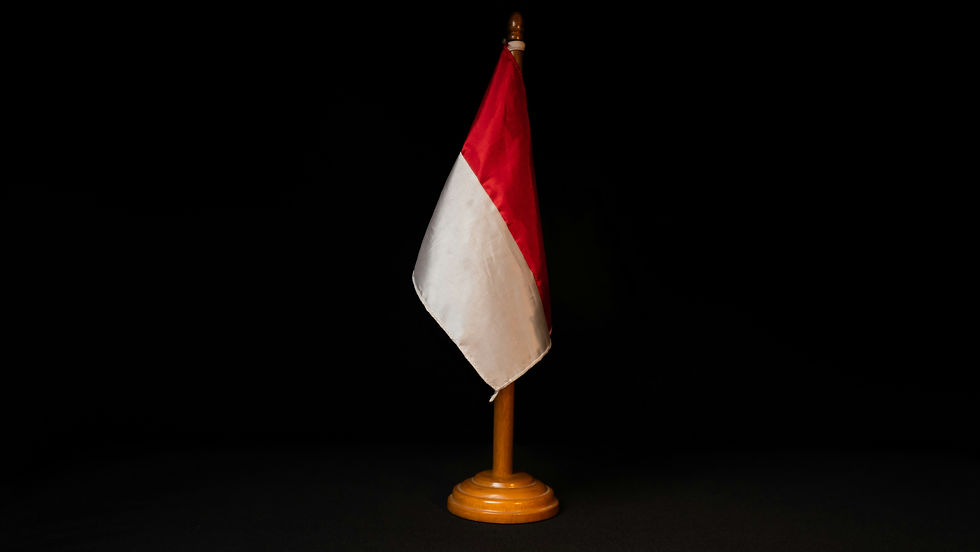NASA clears Mission to Saturn's biggest moon Titan
- Voltaire Staff
- Apr 23, 2024
- 2 min read

NASA has given the green light to the Dragonfly mission that will explore Saturn's largest moon Titan using a quadcopter drone.
The decision was announced by NASA officials last week after the completion of Dragonfly's confirmation review.
The review is a standard procedure for NASA projects and signifies a formal commitment to proceed with the final design, construction, and launch of a space mission. Typically, the outcome of such reviews establishes the budget and schedule for the mission.
"Dragonfly is a spectacular science mission with broad community interest, and we are excited to take the next steps on this mission," said Nicky Fox, associate administrator of NASA's science mission directorate.
She added, "Exploring Titan will push the boundaries of what we can do with rotorcraft outside of Earth."
Dragonfly will be the first robot explorer to land on a celestial body other than the Moon and Mars. It will also be only the second flying drone to embark on a planetary exploration mission, following NASA's Ingenuity helicopter on Mars.
"NASA has confirmed its Dragonfly rotorcraft mission to Saturn’s organic-rich moon Titan. The decision allows the mission to progress to completion of final design, followed by the construction and testing of the entire spacecraft and science instruments," the US space agency said.
Over the course of approximately three years, Dragonfly will roam Titan, Saturn's largest moon. It will fly for tens of kilometres about once a month, conducting experiments to analyse the prebiotic chemistry of Titan's surface, study its dense atmosphere, and hunt for signs of life known as biosignatures.
Elizabeth Turtle, Dragonfly's principal investigator at the Johns Hopkins University Applied Physics Laboratory, in her presentation said, "The Dragonfly mission is an incredible opportunity to explore an ocean world in a way that we have never done before."
She added, "The team is dedicated and enthusiastic about accomplishing this unprecedented investigation of the complex carbon chemistry that exists on the surface of Titan and the innovative technology bringing this first-of-its-kind space mission to life."
Dragonfly's total cost of $3.35 billion makes it much costlier than previous missions. However, despite its high expenses, Dragonfly escaped cancellation. This decision seems to stem from NASA's budget constraints rather than any mismanagement within the Dragonfly project, which contributed to a large share of the cost growth, reported ArsTechnica.
If Dragonfly launches in July 2028, it's expected to reach Titan by December 2034.
Titan's atmosphere is four times thicker than Earth's, which means it takes longer to descend to the surface compared to landing on Earth or Mars. However, the denser air on Titan should offer favourable conditions for flying once Dragonfly reaches the ground.
A picture of Saturn. Courtesy: NASA




































Comments